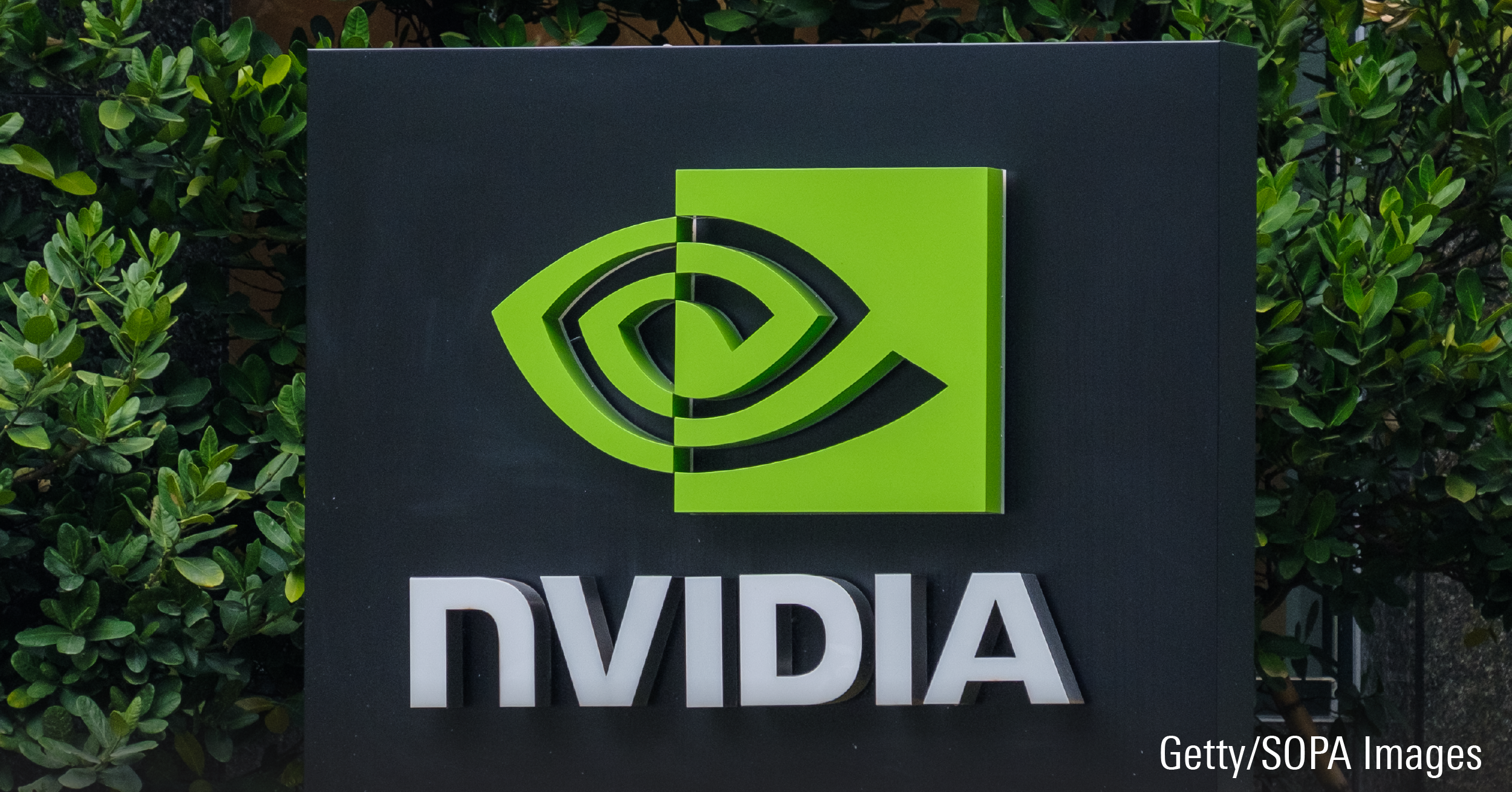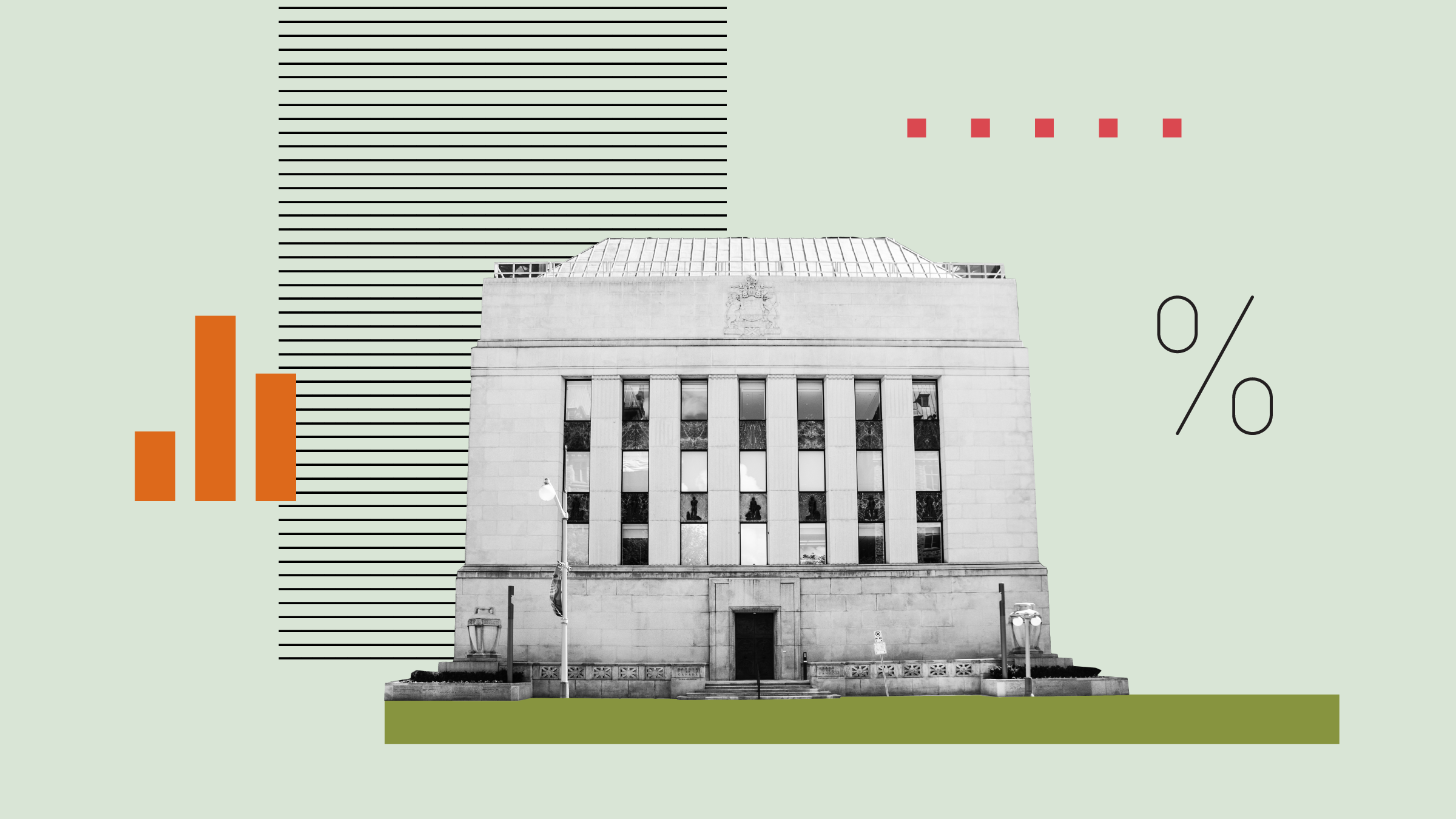Charles Oliver hasn't cut his hair for more than a year. Not for stylistic reasons, though. Rather, the manager of the $623-million Sprott Gold and Precious Minerals has a bet on gold that he made in April 2008, when he predicted bullion would hit US$2,000 an ounce within four years.
"If I was wrong, I told clients, I would shave my head," recalls Oliver, a senior portfolio manager at Toronto-based Sprott Asset Management LP and long-time gold bug. "A year ago, my hair was fairly short so I decided if I'm going to risk shaving my hair, I might as well enjoy it. I've let it grow for the last while."
Oliver may, or may not, regret his wager, since he has one year left. But with gold reaching a record US$1,448 on March 24, he's confident that gold will continue its inexorable rise, if not to $2,000, then something close. After all, gold is up over 30% year-over-year and the gloomy macroeconomic and geopolitical picture points to a higher price.
The key driver, Oliver argues, is currency debasement. "There will be a time in the future when gold will peak," says Oliver, referring to naysayers who maintain gold is in a bubble phase. "But we are not even close. In terms of a 'bubble', gold and silver prices do not change on a daily basis. It's the value of the currencies that is depreciating."
Oliver points to the U.S. monetary base, a combination of currency in circulation and other financial instruments, which has tripled to US$2.4 trillion, from US$800 billion, in three years. "Basically, they are printing money. When you do that, you debase the currency, and hard assets, including gold, go up in value."
While the bigger picture is an important element in the investment process, Oliver is mainly a bottom-up investor. He tends to divide the portfolio into three components, with one-third in large-caps that offer the best liquidity and the remaining two-thirds in mid- and small-caps that have more potential upside, but also more volatility.
For risk-control purposes, he owns about 150 names, many of which are very small. "Instead of taking a 2% or 3% position, I'll have a 0.2% position. Those positions can turn into 2% or 3% holdings. You pick the right names, they can be spectacular." Some junior miners that have been hugely profitable for the fund include Claude Resources Inc. CRJ and Minera Andes Inc. MAI, both of which are up five-fold.
For the 12 months ended Feb. 28, the fund returned 77.3%, putting it in the first quartile. The fund did particularly well in 2010 and 2009, when it returned 74.7% and 113.8%, respectively, compared to 59.8% and 69.2% for the median fund in the Precious Metals Equity category.
Those numbers followed on the heels of a disastrous 2008, when the 2-star rated fund fell 49.6%, versus a 37.6% loss for the median. "When I came here, it was a small-cap fund," says Oliver, who joined Sprott in early 2008, after almost a decade at AGF Investments Inc. "It was a year of change and the small-cap market went no-bid. It took the better part of 2008 to transition the fund into the kind I had run at AGF."
Born in Epsom, England and a geologist by training, Oliver has been in the investment industry since 1987, when he graduated with an honours bachelor of science in geology from the University of Western Ontario. After spending summers in the northern Quebec bush, he decided to look for opportunities in the world of finance, and started on the trading desk at Midland Doherty.
In 1997, he joined AGF Management Ltd., where initially he was in the back office. Oliver moved to the fund-management side in 1999 and worked as an analyst alongside his mentor, Robert Farquharson, a resources specialist and industry veteran.
By 2002, Oliver became co-manager of AGF Precious Metals and AGF Canadian Resources Class. The former won the Canadian Investment Award for best precious-metals fund in 2004, 2006 and 2007.
In 2008, Oliver welcomed an opportunity to work for Sprott. Alongside Jamie Horvat, he also oversees Sprott All Cap and Sprott Opportunities Hedge LP Class A.
Scanning the gold sector, Oliver maintains that junior and mid-sized miners are expensive. "I went to PDAC (Prospectors and Developers Association of Canada) and walked around for three days. It was much sparser than the previous year."
Instead, he has turned his attention to senior players that have lagged the market. Oliver's top pick is Barrick Gold Corp. ABX, which accounts for about 7% of the fund.
"The Barricks of the world are trading at the cheapest valuations in the last decade," says Oliver, who took a position when the company began reducing its hedge book in October 2009. "And it's still cheap, at 12 times forward earnings. The stock is only up one-third (in the past 18 months)."















